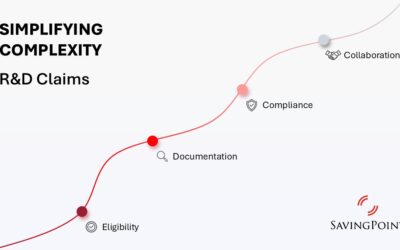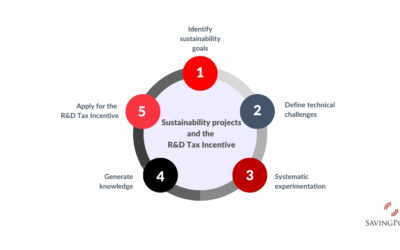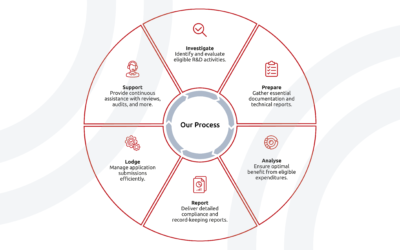The R&D Tax Incentive has long been a key driver of innovation in Australia. However, with the ATO’s recent transparency efforts, compliance has come under increased scrutiny. For businesses, this means ensuring their R&D claims are not just accurate but also align with the “at risk” criteria outlined by the ATO. The 2023 taxpayer alerts and the first annual R&D transparency report have shed light on these key areas of concern. Now more than ever, businesses must make sure their R&D activities and related expenditures are in line with the latest compliance standards to secure the full benefits.
What does “at risk” mean?
To qualify for the R&D tax offset, your R&D expenditure needs to meet the “at risk” requirements. This means that:
- No guaranteed returns: If your R&D activities are guaranteed to result in a financial return—such as expenditures backed by loans or set-off agreements with associates—they may not meet the “at risk” criteria. The ATO is looking for genuine financial uncertainty in your R&D investment.
- Linked to financial exposure: The financial risk must be directly tied to the R&D work itself. For instance, if a business has no exposure to financial loss due to guaranteed outcomes, the expenditure might not qualify for the tax offset. This makes it crucial for companies to assess whether their R&D activities genuinely put their finances “at risk.”
Example scenarios: If a company secures external funding that eliminates financial uncertainty, such as a guaranteed return from a related entity, the R&D expenditure may not be considered “at risk.” However, a project exploring new technological solutions with uncertain outcomes—and a real financial investment—is more likely to meet the ATO’s requirements.
How to navigate ATO compliance
With the ATO sharpening its focus on these provisions, businesses must be proactive. Here are some key steps to take:
- Thoroughly document your R&D activities: Keep detailed records of your experiments, processes, and financials throughout the project’s lifecycle. This not only demonstrates compliance with the “at risk” standard but also provides a clear link between your R&D activities and their financial exposure.
- Seek third-party expert advice: External advisors can offer an objective perspective and help identify any gaps in your R&D claim preparation.
- Conduct internal audits regularly: Don’t wait until tax time. Conducting regular reviews of your R&D activities and claims will help ensure they meet ATO compliance requirements and reduce the risk of issues or rejections.
A proactive approach to documenting and reviewing R&D activities not only aligns with compliance but also maximises the financial benefits available to your business. It’s about being thorough from start to finish, ensuring your claims are robust and defensible.
Common mistakes and misconceptions
A lot of businesses fall into the trap of thinking all innovation automatically qualifies for the R&D Tax Incentives. This is a misconception. The ATO maintains strict standards for what qualifies as R&D, and not all activities meet the threshold. For example:
- Business improvement activities that do not involve significant technical or scientific uncertainty may not be eligible.
- Assuming retrospective claims are straightforward: R&D claims require comprehensive documentation throughout the project’s life. Waiting until the end of the year can lead to rushed documentation, increasing the likelihood of missing essential details and risking non-compliance.
By staying informed of the ATO’s requirements and regularly reviewing your R&D activities, you can avoid common pitfalls and maximise your incentive claims.
The role of Saving Point
At Saving Point, we go beyond merely evaluating your R&D claims. We provide comprehensive support throughout the year, ensuring every eligible activity is thoroughly documented and compliant with the ATO’s latest guidelines. From initial assessments to detailed documentation support, we make sure your R&D activities meet the “at risk” criteria and can withstand ATO scrutiny. Our aim is to help you maximise your R&D tax benefits while minimising risks.
Our team works closely with your business, providing clear guidance on claim eligibility and compliance throughout the process—not just at tax time. That means you can confidently pursue innovation without getting bogged down by regulatory concerns.
Act now to stay compliant
Compliance with the ATO’s R&D requirements doesn’t have to be a burden. By taking proactive steps now, you can secure your R&D tax benefits and stay on top of regulatory changes. Get in touch with us today to discuss how your R&D activities can best align with the “at risk” requirements and enhance your business’s growth.




